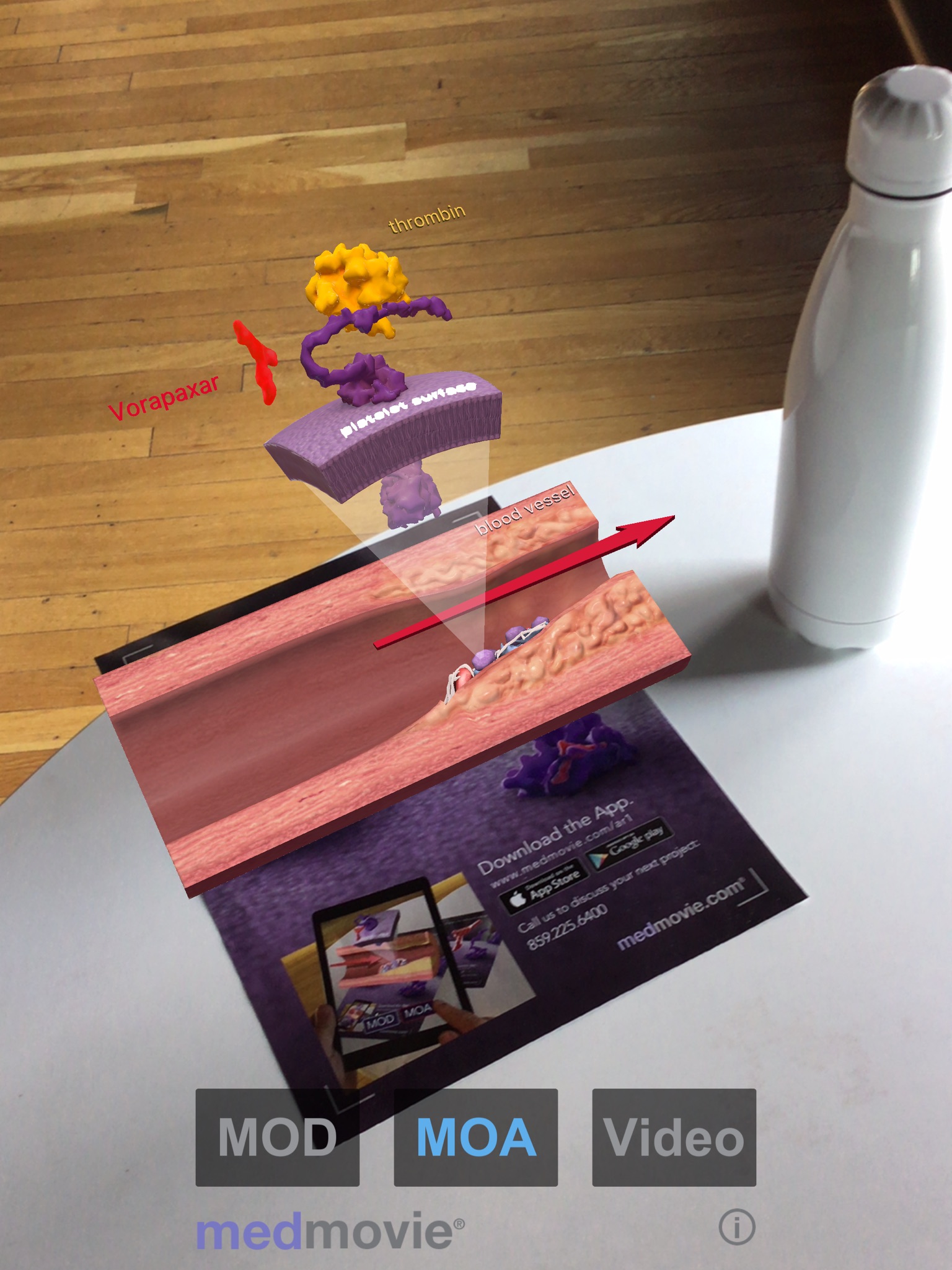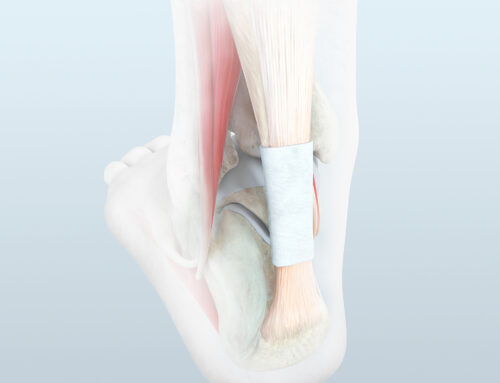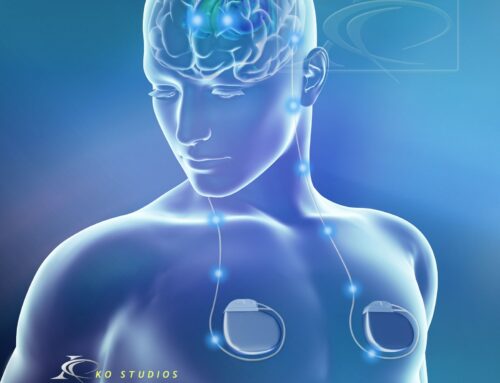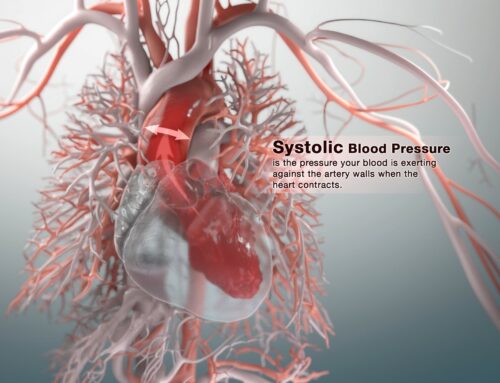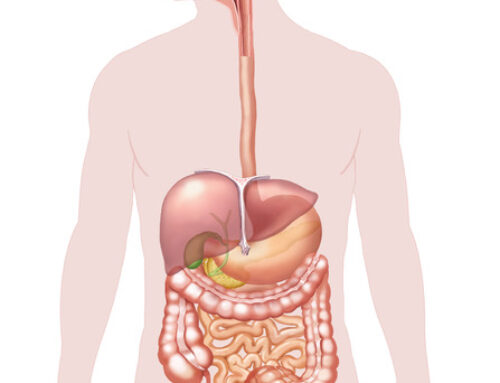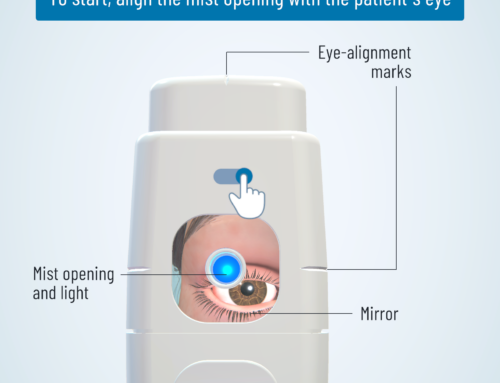The team at Medmovie has decades of experience translating complex medical, pharma, and life science information into accurate, easy-to-understand, strategically focused visual media. They utilize their experience, validated animations, and interactive media to create cost-effective innovative tools to help tell their clients’ stories.
Medmovie is led by CEO and Medical Art Director Rick Gersony. With over twenty years of experience in the field of medical illustration, he leads a team of graduate level trained Medical Illustrators and Animators who love their work and are passionate about what they do.
We recently had a chance to catch up with Rick and chat with him about his team, their work and an innovative new augmented reality app they recently launched.
MedMovie has been around for over 17 years. How have you managed to stay on the forefront of all the different medical and technological advances?
RICK: Our team’s focus on curiosity keeps us motivated. Each life-science corporate project gives us the opportunity to not only learn the latest science from experts, but also learn their current communication challenges. Lately, we’ve taken a deep dive into the cellular and molecular realm and we are excited about helping our clients communicate that information using new technology.
Your latest endeavor is a medical app that uses Augmented Reality (AR) to show how a novel drug works to control blood clots. Tell us about the Medmovie AR1 App.
RICK: The App is free in the Apple App Store and the Google Play Store and is designed as a teaching tool to show how a drug works at the anatomical, cellular and molecular level. When the user selects MOD (mechanism of disease) or MOA (mechanism of action) from the app’s button menu, they will see the processes of these mechanisms animated in a 3dimensional AR environment.We feel that AR enhances spatial understanding beyond the flatter representation of traditional media. Which, by the way, the user also has access to in the form of an animated video in order to get the full story and to reinforce the content message.
The app sounds like it has a lot of potential beyond where it is now. Where do you see it making the biggest impact?
RICK: Right now, we use it as a demonstration for our clients to show in 10 seconds how the sales force might engage with key opinion leaders (KOL) by providing a memorable experience and a way to share important new information about new medications. A printed piece as small as a business card can be used as a marker to launch the AR experience in the app and becomes a convenient distribution item to be passed around and shared among colleagues and patients, in person, or even online when the image is shared digitally through social media, email, etc…
What does the future hold for Medmovie and the new AR1 app?
RICK: In the current app, we demonstrate a single drug and use printed material, including an image printed on the back of a business card, to launch the experience. In the future we will add other complex and interesting MOAs for use in classroom/training environments. We plan to use Apple and Google’s new markerless AR kits for an even greater effect by augmenting the reality of any flat surface in the room – any space in the room really – including the walls, with our animations. These AR experiences are also fueling our creation of fully immersive virtual reality experiences to be served up on other devices and delivery platforms. Oh, and as a fun experiment we have also added a simple game in the MOA section of the current app, and we will soon be launching a separate AR app tailored for medical devices. So we are definitely excited about the future.
To try out the app for yourself, simply download it from the App Store or Google Play and scan the image below.
You can see more work from MedMovie on their Medical Illustration & Animation portfolio page or on their website.

